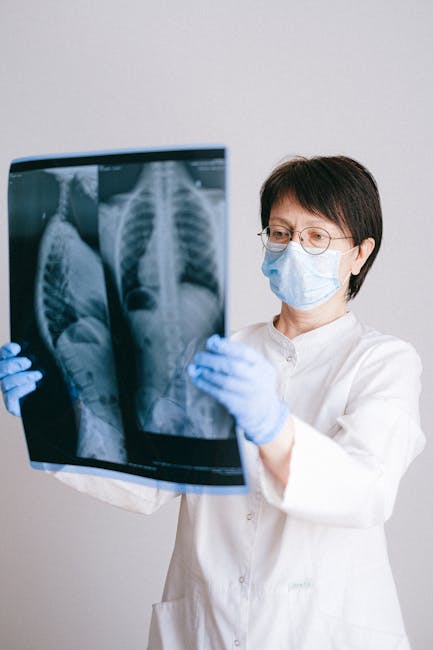
Best Ways to Keep Your Pet’s Anal Glands Healthy
Best Ways to Keep Your Pet’s Anal Glands Healthy
Understanding Anal Glands in Pets
Anal glands, also known as anal sacs, are small glands located on either side of your pet’s anus. These glands produce a strong-smelling fluid that helps animals mark their territory and communicate with other animals. While they serve a natural purpose, anal glands can sometimes become impacted or infected, leading to discomfort, pain, and even serious health issues if left untreated.
Regular maintenance of your pet’s anal glands is essential to prevent complications. Below, we’ll explore the best ways to keep these glands healthy and functioning properly.
Signs of Anal Gland Problems
Before diving into prevention, it’s important to recognize the signs of anal gland issues. Common symptoms include:
- Scooting or dragging their bottom on the ground
- Excessive licking or biting near the tail area
- Foul odor coming from the rear
- Swelling, redness, or discharge near the anus
- Difficulty defecating or signs of pain during bowel movements
If you notice any of these signs, consult your veterinarian promptly to avoid infections or abscesses.
Top Ways to Maintain Healthy Anal Glands
1. High-Fiber Diet
A diet rich in fiber helps promote firm stools, which naturally express the anal glands during bowel movements. Consider adding:
- Pumpkin puree (unsweetened)
- High-quality commercial pet foods with added fiber
- Fresh vegetables like carrots or green beans (in moderation)
2. Regular Exercise
Physical activity stimulates digestion and helps maintain a healthy weight, reducing the risk of anal gland issues. Daily walks and playtime are excellent ways to keep your pet active.
3. Proper Hydration
Water is essential for digestion and stool consistency. Ensure your pet always has access to fresh, clean water to prevent constipation, which can contribute to gland blockages.
4. Routine Gland Expression
Some pets, especially small breeds like Chihuahuas or Bulldogs, may need manual gland expression. While some owners learn to do this at home, it’s often best left to a groomer or veterinarian to avoid injury or infection.
5. Regular Vet Checkups
Annual or bi-annual vet visits allow professionals to assess your pet’s anal gland health and address any concerns before they escalate.
When to Seek Veterinary Help
If your pet shows persistent signs of discomfort, has bloody discharge, or develops a fever, seek immediate veterinary care. Impacted or infected anal glands may require medical treatment, including antibiotics or surgical drainage.
Final Thoughts
Keeping your pet’s anal glands healthy is a crucial part of their overall well-being. By incorporating a high-fiber diet, ensuring proper hydration, and staying vigilant for symptoms, you can help prevent painful complications. Always consult your vet if you’re unsure about your pet’s gland health—early intervention is key to a happy, comfortable pet!
Would you like additional tips on at-home gland care or recommended products? Let us know in the comments! 🐾







